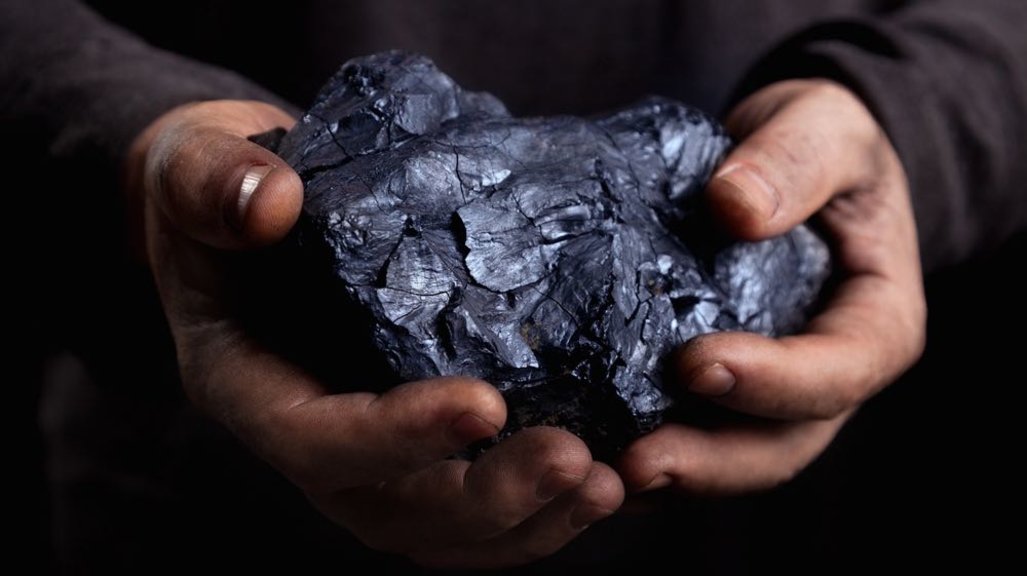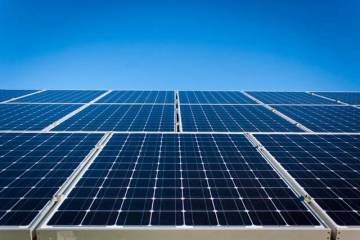
eBusiness Weekly

The very high level of load shedding in the last week shows the vulnerabilities of the older six units at Hwange Thermal, the river flow in the Zambezi River and the need to build up the solar capacity as quickly as possible.
While there have been some optimistic forecasts of when Hwange 7 and Hwange 8, the two large 300 megawatt units being commissioned at Hwange Thermal, it now appears that they are close to commissioning.
Delays arose from Chinese contractors trapped back home in the Covid-19 pandemic, the delays in shipping some of the equipment for the same reason, the need to test everything many times, and the need to ensure the Zimbabwean engineers who will be operating the units are totally conversant with the particular make of equipment installed by Sino-Hydro. The theory is obviously second nature, but the new equipment comes from different suppliers than the first six units, and total familiarity is required to avoid some very expensive errors.
The one result will be that the two units will be commissioned closer together than originally thought since Hwange 8 is now almost ready, the main work having been done and the training and familiarisation process is identical on the twin units, so engineers and technicians able to operate Unite 7 can operate Unit 8 without extra delays.

While the second water pipeline and feed from the Zambezi has yet to be fully completed, this should cause no delay. With so little functioning capacity in the older six units, there is clearly plenty of water to run the two new units. Thermal stations require a lot of water for both the boilers, where it is converted to steam to run the turbines, although a fair amount of this clean water is reclaimed in the cooling processes, and for the cooling system itself, where the largest quantity is used and where continual replacement is needed.
If you think about steamships and steam-turbine ships you can see the division more clearly because of the need for ships to use fresh water in the boilers and steam lines, although sea water can cope with cooling requirements. This was a major incentive to maximise recycling of the boiler water and steam, and even when the water inflow is all fresh, as at Hwange, you still need very clean water for the boilers and steam lines.
The commissioning of the two 300MW units will lead to the older six units, commissioned in the 1980s in two batches, first four 120MW units and then two 220MW units, being renovated, which in their cases will probably need significant rebuilding and a lot of new parts and equipment.
At the moment some of the six are not functioning, and a bare majority needing frequent repair. The reports state that two units had tube failure over the last fortnight, and that means boiler failure. This can be expected in old equipment. The first parts to fail are the coal feeds and the boilers, followed by the steam lines, followed by the turbines, followed by the generators spun by the turbines.
Hwange uses crushed coal, fine enough to flow though piping like a liquid except considerably more abrasive than any liquid, which can build up wear. In any steam system boilers wear-out faster than most of the other parts, regardless of whether this is a steam locomotive, the engine of a steamship, or a stationary engine such as we see in power stations. The very high temperatures surrounding the complex array of tubes that carry the water that turns into high pressure steam ensure this, and that high-pressure super-heated steam does need to be contained in its feed to the turbines.
It is likely that the reconditioning of the original six units will see a lot of replacement work at this hot and dirty end of each unit. Foundations and casings can remain but the innards may well have to be scrapped. The rest of the unit, the turbines and the generators, usually have longer life although are not eternal, but there is a good chance that once bearings have been replaced and any turbine pitting and the like sorted out these sections of the unit can be largely original equipment.
The main point is that Hwange 7 and Hwange 8 are not going to be able to cope with the load alone for long. They need to be joined by the original six. The idea is to pull out the older units in pairs for the thorough overhaul and rebuild, and it is to be hoped that Zesa is now already using its US$350 million Indian bank loan to start ordering and stockpiling the replacement parts for the first pair so that work can start immediately Unit 8 goes on line.
The most effective pair to start with could well be Hwange 5 and Hwange 6, the two 220MW units and so the larger pair. This might well need big steps in operations, but Kariba South should be able to cope with the small steps. What is important to maintain economic growth is to have the maximum output at Hwange as quickly as possible.
While the original two phases of Hwange Thermal are rated at 920MW Zesa has never had that output, the maximum being around 100MW less at around 5am on a very cold July day. The cooling system was inadequate, not by much but still. Presumably the second water pipeline from Deka on the Zambezi solves this, coping with the additional needs for the latest two units with some available to handle the older 6 once they are all back to full power.
That will give Hwange Thermal a combined rating of 1520MW, although with eight units we should normally expect one unit to be down at a time for routine maintenance some of the time.
It should be noted that as the proportion of coal fired electricity in our mix rises, and coal fired electricity from new units or renewed units, the cost of that electricity must rise. There will be capital costs of the power station, plus the cost of the fuel, plus the ordinary operating costs and the maintenance costs.
One factor that has bedevilled Zimbabwe’s electricity supply, and South Africa has the same problems, was a determination to keep power as cheap as possible, with the standard larger set by the far cheaper Kariba hydro, especially after Ian Smith repudiated the loans for the dam wall and so made the British as guarantor pick up the rest of the bill.
The same higher costing will be coming in with the solar stations being built by the independent power providers for sale to the Zesa grid or even for sale to Zimbabwean mines and industries. Solar, like hydro, has free fuel, but the capital costs for both are high and investors will want to get their money back.
The eternal problems at Kariba over river flows also require some very careful costing of the eventual power output if Batoka and other dams are to be built. It is becoming increasingly obvious that river flows are not, on average, as high as in the early years of Kariba, and this affects both output and cost.
The Zambezi River Authority targets an average of 600MW at each power station at present “normal” annual flows, with the giant lake storing water at high flows and running down the storage at low flow. Kariba South has 1050MW installed and Kariba North 1080MW. But if the two utilities tried to run their power stations flat out they would just get 13 hours a day, and then everything switched off.
The reason for the two extensions was to cope with the highly variable demand over 24 hours. When you get the two major domestic peaks, early morning with geysers and stoves and early evening with stoves and geysers, they can open up all units, but then have to chug around average for the rest of the day and cut back sharply at night.
Through in an Angolan drought, and the majority of Kariba water is rain that fell in Angola, the average comes down. It is this variability that makes hydro tricky, especially if there is a new dam to pay off or allow an investor to recover costs. Batoka costs the same regardless of what the average output is, but if it is half because of drought then the cost of the output power needs to almost double because of those capital costs.
One of the reasons for the early start and early close in industry arose in the days of when most factories were fed from Bulawayo and Harare power stations. The two cities had ripple switches that could shut down most geysers and juggled their output by shutting down geysers in the early morning, so people used the water heated overnight but still needed to cook some breakfast, and then the power was sent to industry, then as industry went home soon after 4pm the huge demand for domestic cooking would have the industrial power.
As ever more solar enters the mix there are a pair of options. Battery parks are pricy, but Lake Kariba can be a battery. We would still need to crank up to maximum Kariba output early morning and late evening as there is little or no sunlight then, but could then reduce to say just one unit as solar fuelled the day shift, and then step up overnight as the solar shuts down.
But whatever happens, adding the new capacity in thermal and solar, or with Batoka thrown in as well, means costs must rise and so electricity tariffs must rise. And the lesson we have learned about skipped maintenance at Hwange means we need that cost properly calculated over the long term. On the other hand most people would probably pay more for electricity if they could get it 24/7 and so the lack of new power stations for more than 30 years and the skimpy maintenance will have taught us something.



